Optimal Timing for Foundation Repairs

Spring offers moderate temperatures and stable soil conditions, making it ideal for foundation repairs.

Summer's dry weather reduces soil movement, but high temperatures can cause expansion and contraction challenges.

Fall provides cooler temperatures and less moisture, suitable for many repair projects before winter.

Ways to make Foundation Repairs work in tight or awkward layouts.

Popular materials for Foundation Repairs and why they hold up over time.
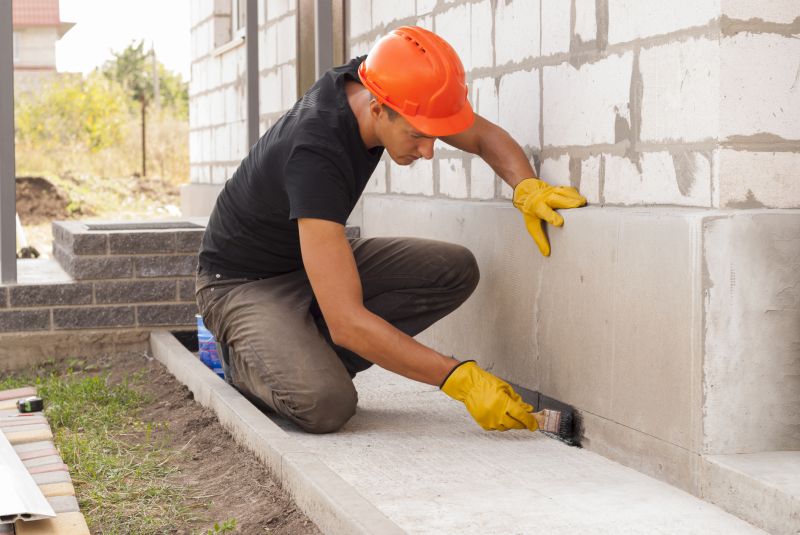
Simple add-ons that improve Foundation Repairs without blowing the budget.

High-end options that actually feel worth it for Foundation Repairs.

Finishes and colors that play nicely with Foundation Repairs.
Foundation repairs are essential for maintaining structural integrity and preventing further damage to a property. Timing these repairs correctly can influence their effectiveness and longevity. Soil conditions, weather patterns, and temperature fluctuations are critical factors to consider when scheduling foundation work.
Statistics indicate that foundation issues are most common in regions experiencing significant soil movement, which often correlates with seasonal changes. Approximately 60% of foundation problems occur during periods of soil expansion or contraction, typically in the spring and fall. Proper timing ensures that repairs are performed under optimal conditions, reducing the risk of future issues.
Soil expansion and contraction are influenced by moisture levels, which vary seasonally, affecting foundation stability.
Dry, moderate temperatures are generally best for foundation repairs due to stable soil conditions.
Heavy rainfall or extreme heat can delay repairs or compromise their effectiveness if not scheduled appropriately.
Completing repairs before winter helps prevent issues caused by freeze-thaw cycles.
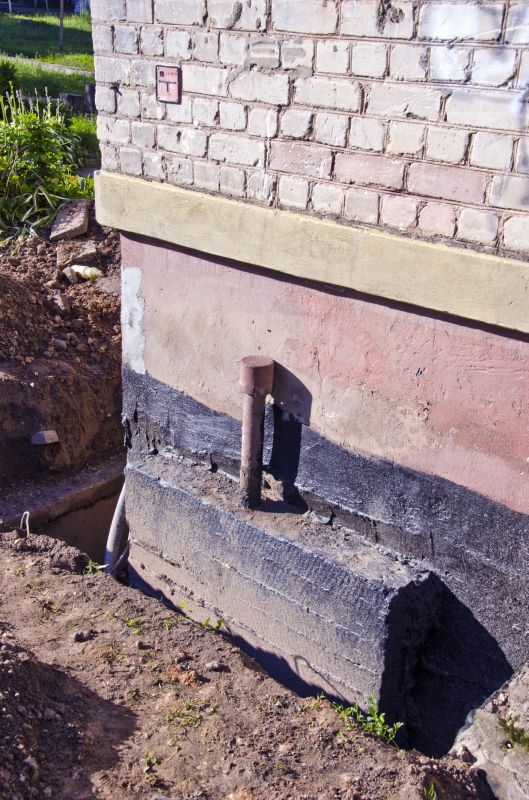
Dry seasons minimize soil movement, making repairs more effective.

Cooler months provide stable conditions for foundation stabilization.
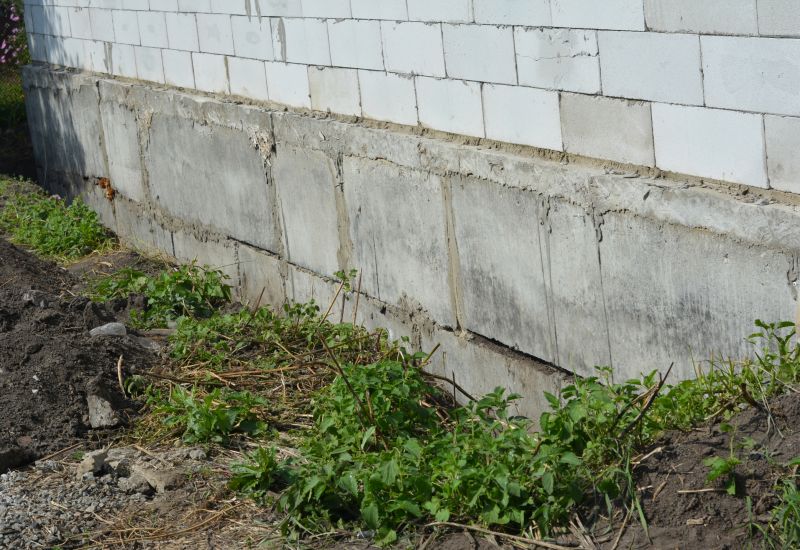
Understanding seasonal soil behavior helps determine the best repair timing.
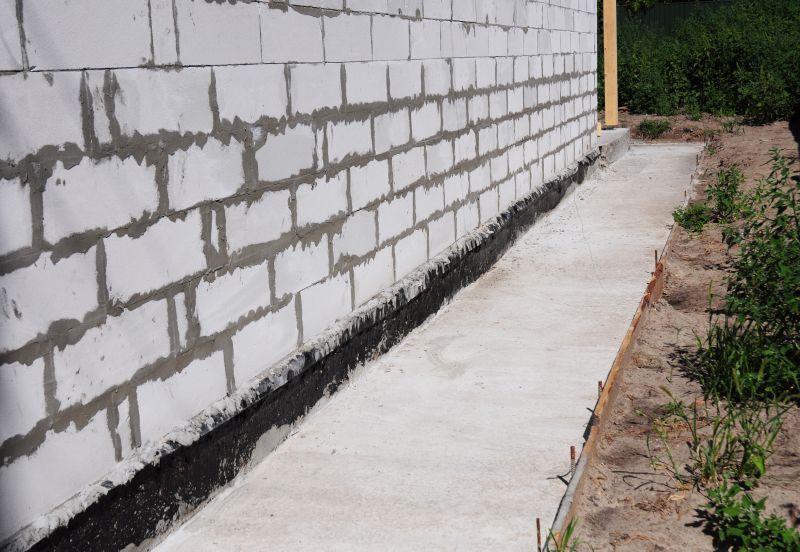
Techniques vary based on seasonal soil and weather conditions.

Little measurements that prevent headaches on Foundation Repairs day.
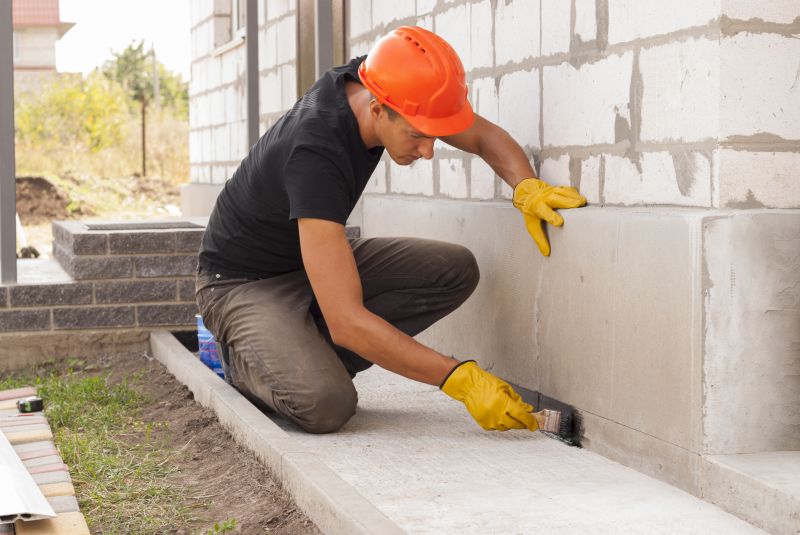
A 60-second routine that keeps Foundation Repairs looking new.
| Season | Recommended Timing |
|---|---|
| Spring | Ideal for repairs due to moderate soil moisture and temperature |
| Summer | Possible, but watch for high heat and soil dryness |
| Fall | Suitable for repairs before winter freeze |
| Winter | Generally not recommended due to frozen ground |
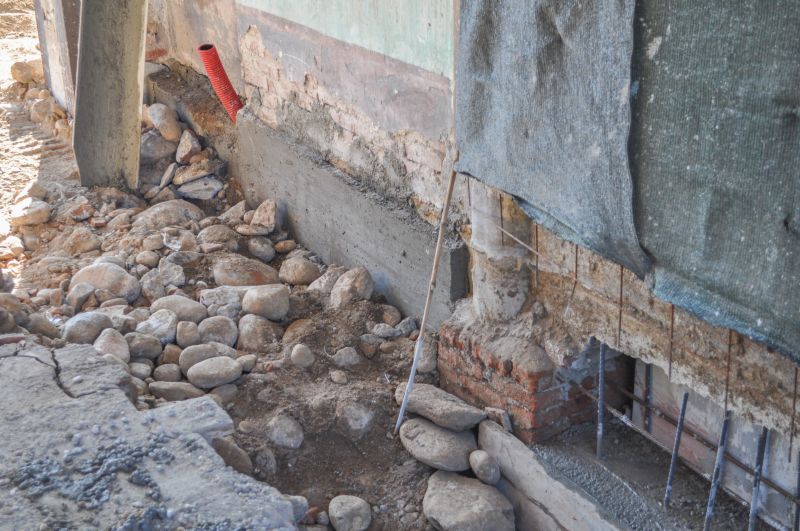
Professional repairs often involve underpinning or piering to stabilize the foundation.
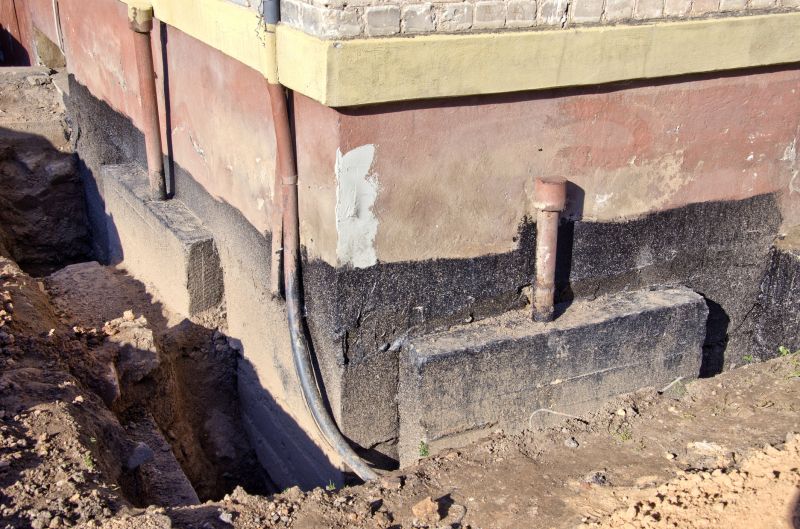
Proper timing ensures successful stabilization and long-term durability.
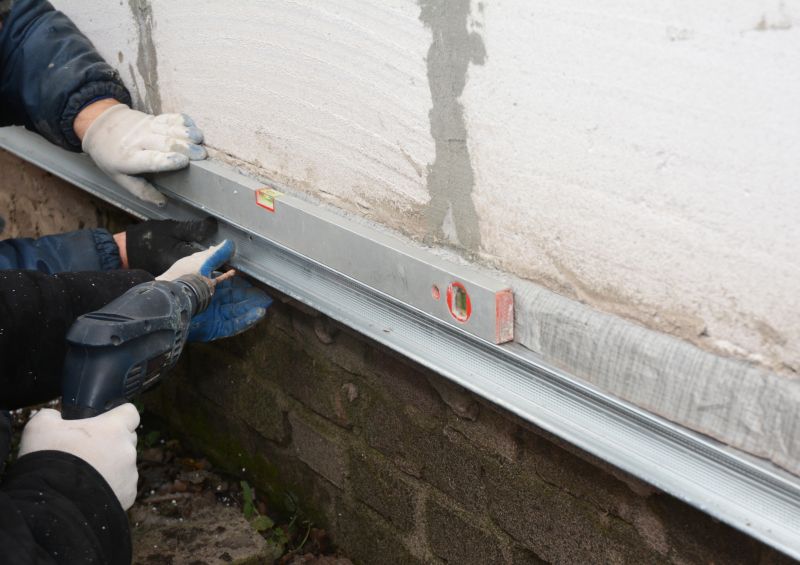
Advanced equipment helps ensure precision and effectiveness during repairs.
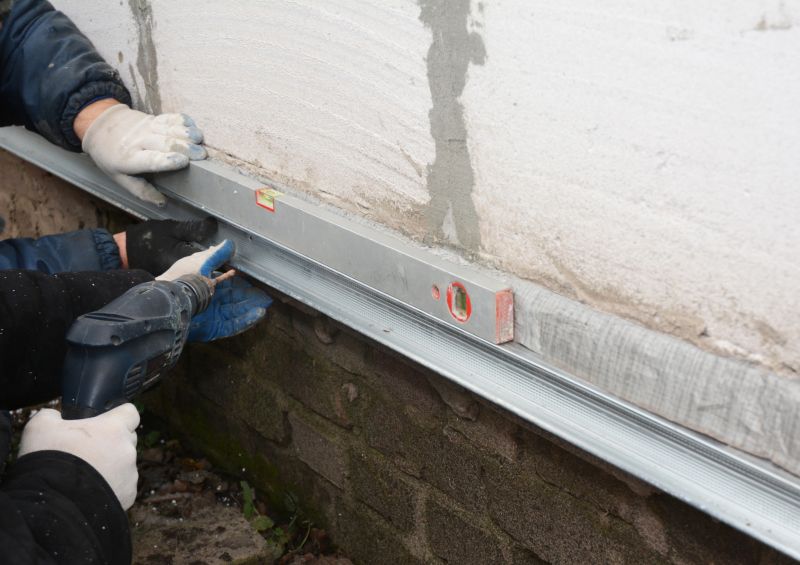
Proper site preparation is crucial for successful foundation stabilization.
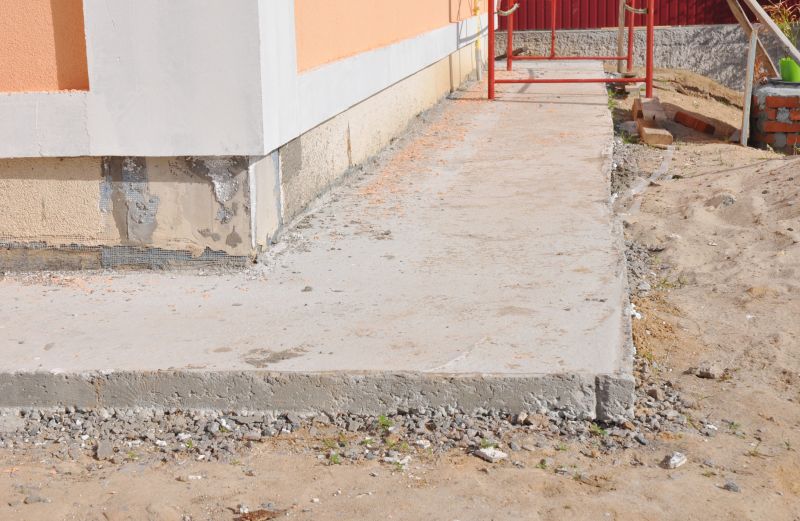
A frequent mistake in Foundation Repairs and how to dodge it.

Small tweaks to make Foundation Repairs safer and easier to use.
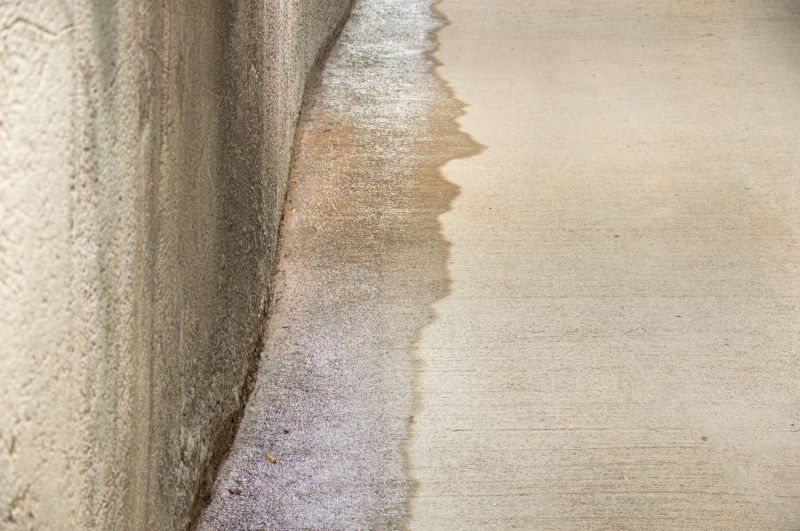
Lower-waste or water-saving choices for Foundation Repairs.

The short, realistic tool list for quality Foundation Repairs.
Understanding the seasonal influences on soil and weather conditions is vital for scheduling foundation repairs. Proper timing can prevent additional damage and extend the lifespan of the repair work. Consulting with foundation specialists can help determine the most suitable time based on local climate and soil conditions.
Cracks in walls, uneven floors, and sticking doors are common indicators.
Early intervention can prevent costly future repairs and structural damage.
Professional assessment helps identify the optimal repair window.
Properly timed repairs contribute to the durability of the structure.
If foundation issues are suspected, it is advisable to contact a foundation specialist promptly. They can evaluate soil conditions and recommend the best time for repairs, ensuring the work is effective and long-lasting. Proper timing and expert execution are key to maintaining the safety and stability of a property.
Interested in foundation repairs? Filling out the contact form can provide access to professional evaluations and scheduling assistance tailored to specific seasonal considerations.


